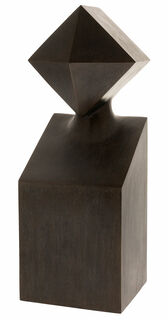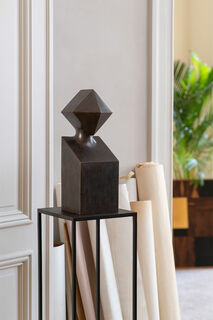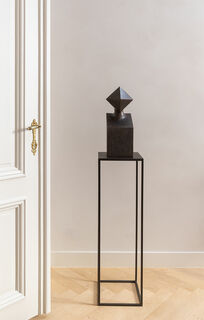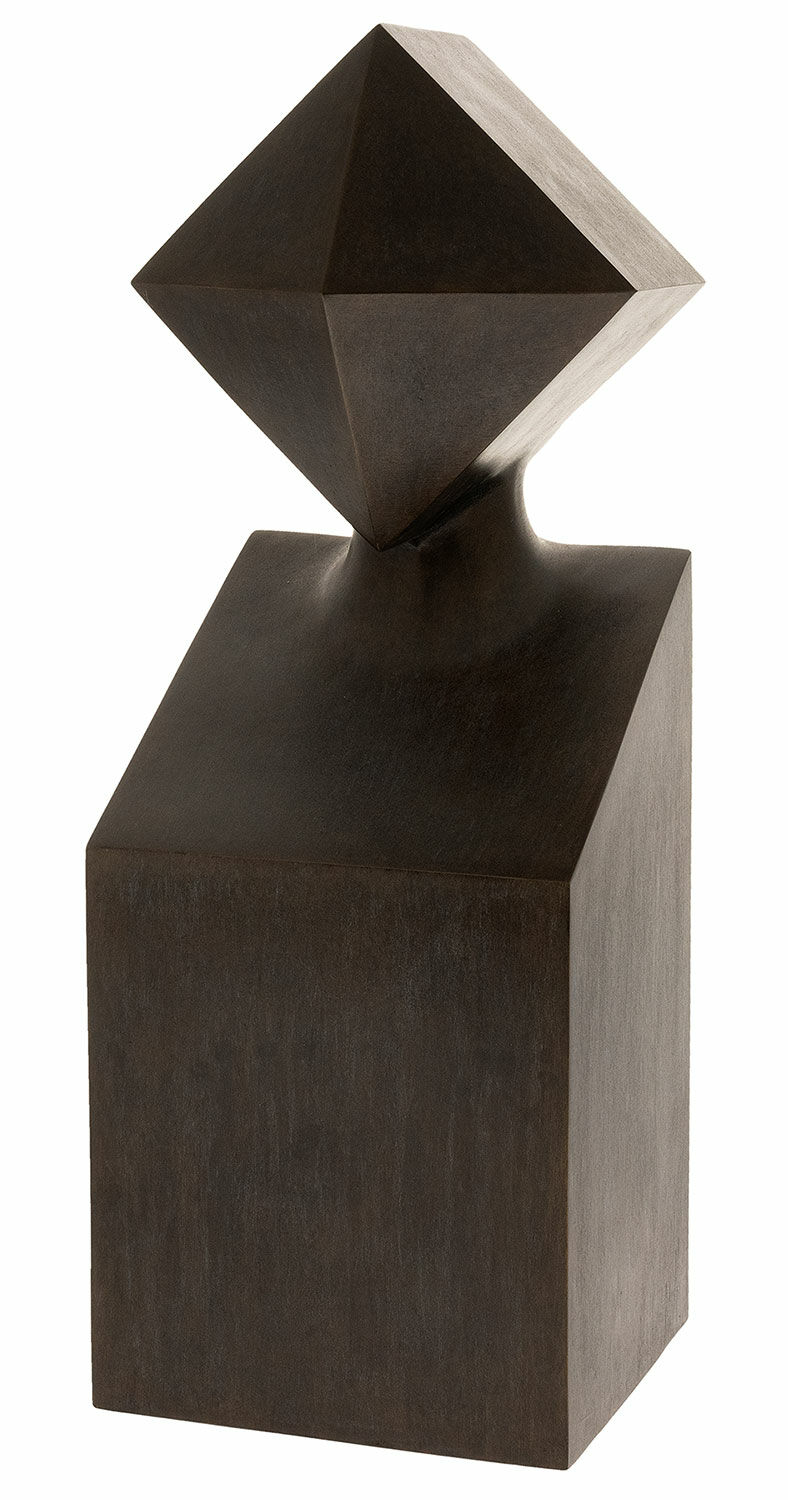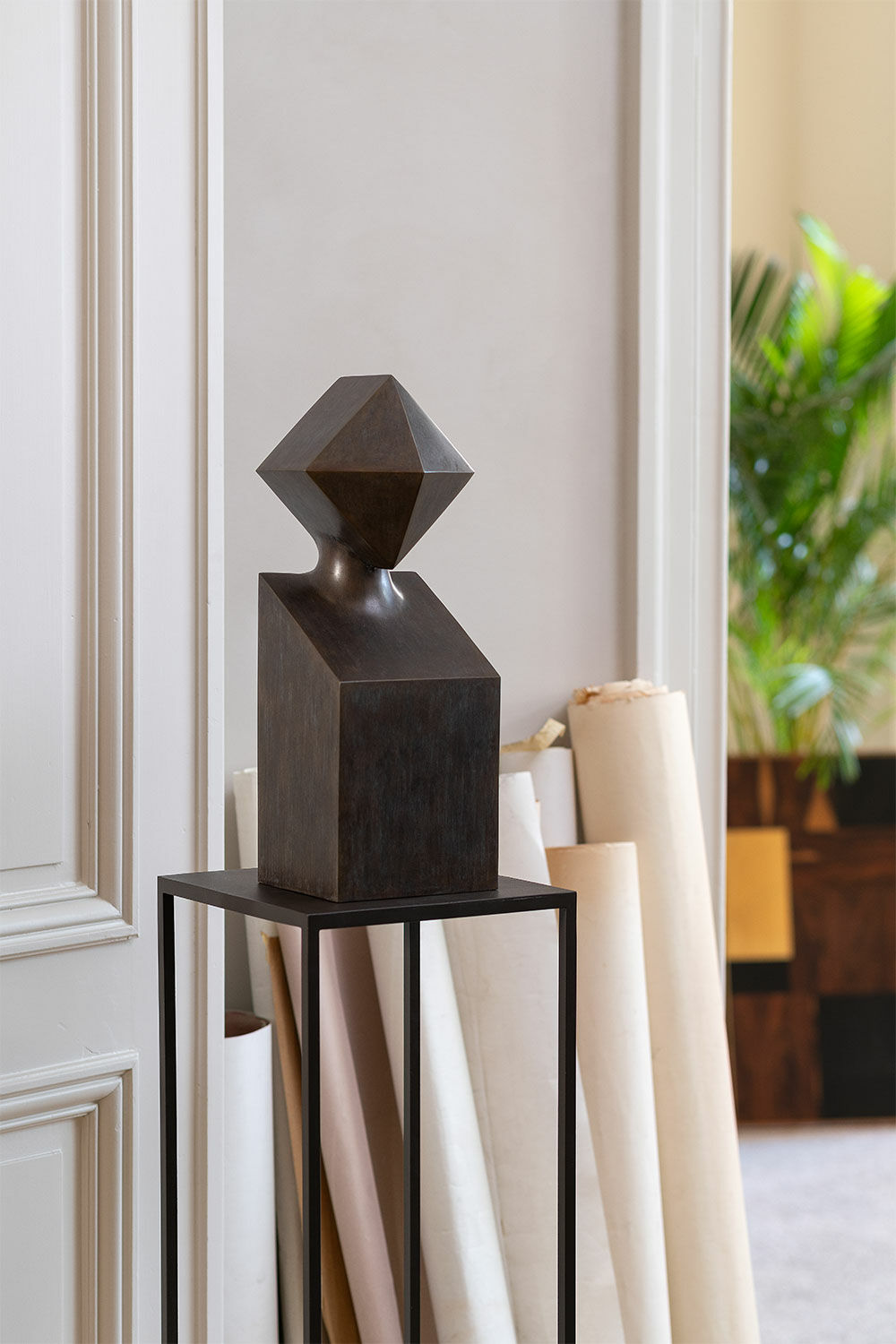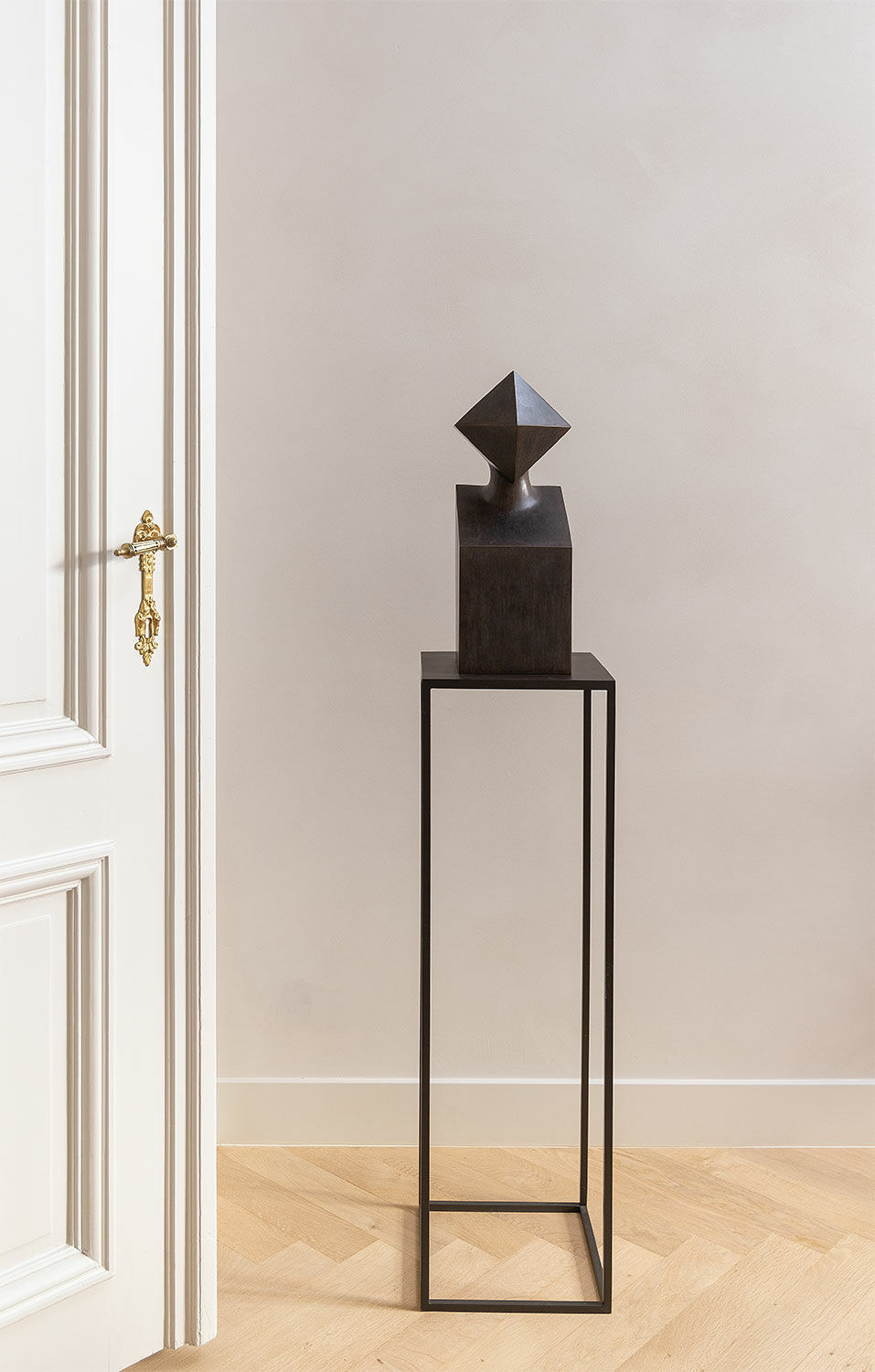Sculpture "The Muses Melpomene", bronze
Sculpture "The Muses Melpomene", bronze
Quick info
limited, 75 copies | numbered | signed | certificate | bronze | patinated | polished | size 46 x 16 x 14,5 cm (h/w/d) | weight 10 kg
Detailed description
Sculpture "The Muses Melpomene", bronze
The works of the Belgian Renaat Ramon are characterised by their great objectivity. Geometric structures, clear lines and a monochrome colour scheme are frequently recurring features of his sculptures. Despite all their rational austerity, they also radiate something calming and harmonious.
The Melpomene, who originally appears in Greek mythology as the muse of music, song and dance and later as the muse of tragedy, is transformed by Renaat Ramon with almost mathematical precision into a fascinating futuristic being.
Fine bronze sculpture, patinated and polished. Cast by hand using the Lost-Wax-Process. Limited edition of 75 copies, numbered and signed, with certificate. Size 46 x 16 x 14,5 cm (h/w/d). Weight 10 kg.
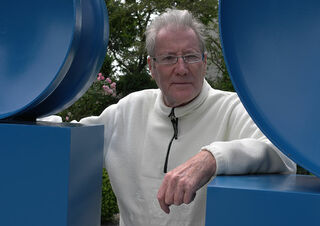
About Renaat Ramon
The Belgian Renaat Ramon is a true multi-talent. His oeuvre includes sculptures, paintings and graphics as well as installations and futuristic furniture design, texts and poems. The basic idea of constructivism and minimalism runs through all his works.
He also takes a very logical and rational approach to the design of his sculptures. He deliberately turns away from the natural forms of his motifs and leads the sculptures to purity and harmony through a clear and geometric language of form.
An alloy of copper with other metals (especially with tin) used since ancient times.
When casting bronze, the artist usually applies the lost-wax technique which is dating back more than 5000 years. It's the best, but also the most complex method of producing sculptures.
First, the artist forms a model of his sculpture. It is embedded in a liquid silicone rubber mass. Once the material has solidified, the model is cut out. The liquid wax is poured into the negative mould. After cooling down, the wax cast is removed from the mould, provided with sprues and dipped into ceramic mass. The ceramic mass is hardened in a kiln, whereby the wax flows out (lost mould).
Now we finally have the negative form, into which the 1400° C hot molten bronze is poured. After the bronze had cooled down, the ceramic shell is broken off and the sculpture is revealed.
Now the sprues are removed, the surfaces are polished, patinated and numbered by the artist himself or, to his specifications, by a specialist. Thus, each casting becomes an original work.
For lower-quality bronze castings, the sand casting method is often used which, however, does not achieve the results of a more complex lost-wax technique in terms of surface characteristics and quality.
Sculptural representation of person's head and shoulders.
Term for an art object (sculpture, installation), which is produced in multiple copies in a limited and numbered edition according to the artist‘s will.
Artist's multiples have been called the most accessible and affordable art on the market.
A plastic work of sculptural art made of wood, stone, ivory, bronze or other metals.
While sculptures from wood, ivory or stone are made directly from the block of material, in bronze casting a working model is prepared at first. Usually, it is made of clay or other easily mouldable materials.
The prime time of sculpture after the Greek and Roman antiquity was the Renaissance. Impressionism gave a new impulse to the sculptural arts. Contemporary artists such as Jorg Immendorf, Andora, and Markus Lupertz also enriched sculptures with outstanding works.

